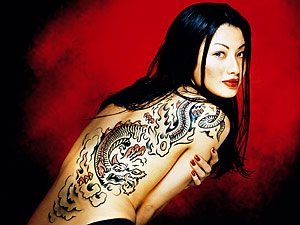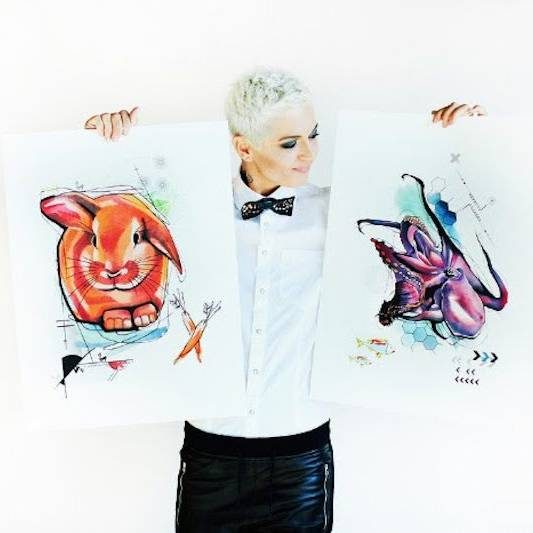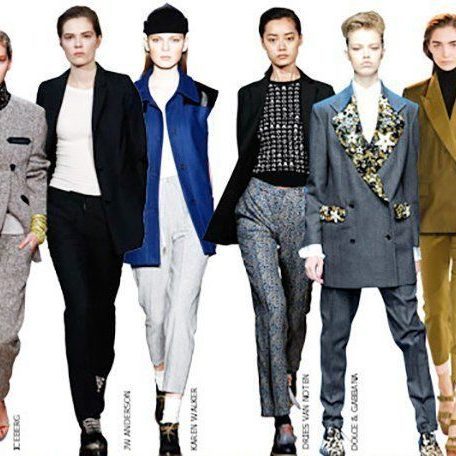 Alyssa Schlect uncovers why the LGBTIQ community is so wild for Piercings and Ink
Alyssa Schlect uncovers why the LGBTIQ community is so wild for Piercings and Ink
Tattoos and piercings are hardly a modern day phenomenon. Body modification has been around since the Neolithic age and in the thousands of years since, many different cultures are known for the adoption of this practice and its representation of differences within religious beliefs, status, love, and sexuality. Nowadays everybody and their mother seem to be inked or pierced and it seems that in recent years, the lesbian community has joined the bandwagon, shedding the perception that this ancient tradition is quite taboo.
The growing number of lesbian tattoo enthusiasts exhibits a broad array of tattooing practices, from a discreet flower or small bird on the hip, to full body and even facial tattoos. Most tattooed people see their inkings as unique aspects of themselves, while others perhaps have simply been influenced by media and consumer culture and the great influence of sexuality, race, gender, individuality, and class over body politics.
The appeal of this body modification is quite pervasive, because to most, their selection of body art is often accompanied with great meaning, meanings that the individual can only truly appreciate. While these individuals give diverse and multilayered expression to their own and other’s body work, their personal assertions are often breaking the boundaries of the classic stereotyping of tattoos and piercings as signs of rebelliousness or fad.
Researching this subject, it was discovered that the lesbian and bisexual community have a higher instance of body modification than their straight friends.
Why are we sporting more body art than our straight counterparts? My guess is that it may have a lot to do with the idea that our community is already breaching the boundaries of common society by being gay, so it isn’t that much more of a reach to break other norms. When we do select a tattoo or piercing, it can often be an image or symbol which announces our sexual orientation to others… however that is not always the case.
While no single explanation accounts for the increasing popularity of tattoos and piercings amongst our community, researchers have found that people use body modification as a way to simply communicate who they are as a person. Body art may be an expression of what they, as an individual, has lived through, and how they see themselves in relation to the rest of our population and especially to their vastly different social worlds.
Tattoos and body piercings offer many women control over their own bodies. Some have used body modification to challenge the limited roles of wife, mother, girlfriend and lover and to explore additional ways in which to define themselves. Perhaps the permanence of a tattoo demonstrates a deep and tangible commitment to unconventional gender definitions.
It is quite clear however, that some practice body modification as an act of solidarity, some for pride and some simply because they like the way they look. The popularity of tattoos and piercings amongst lesbians and bisexuals however fits the stereotype, right or wrong, that they’re definitely loud and proud of their differences.


